If you’re looking to make quick, smooth and clean cuts through a variety of metals a plasma cutter is your best solution.
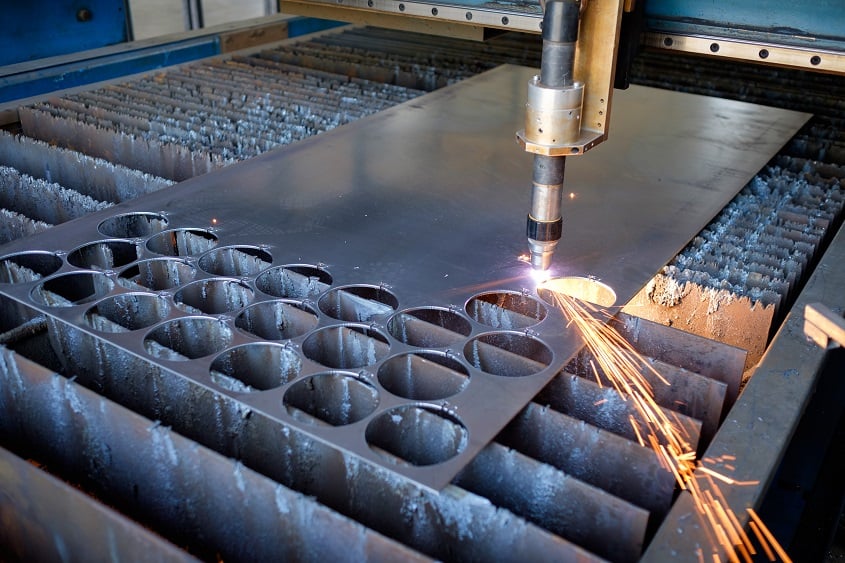
Plasma cutters can be used with a manual hand torch or fitted to a CNC cutting table often know as a profile or plate cutter.
However, you must know which gases are suitable to guarantee optimum performance and high-quality results. But, depending on the metal which you’re cutting, you’ll require different types of gases or a special combination. So, we’ve put together a complete breakdown of the plasma cutter recommended gases showing what metals they’re fit to cut.
4 Recommended Plasma Cutting Gases
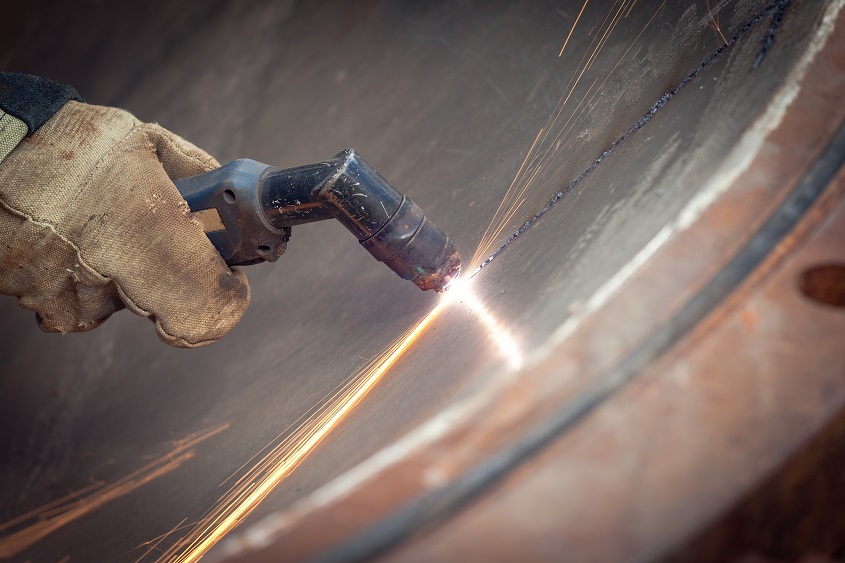
Compressed Air
Compressed air is a highly versatile plasma gas which produces top quality cuts on mild and stainless steel as well as aluminium. But, it’s also suitable for plasma extraction on carbon steel. It’s also a low-cost gas as you won’t need to purchase it. However, you still must clean it to remove any particles, moisture or oil mist. You can use compressed air to cut metals with a thickness of up to 1 inch. However, you’ll achieve an oxidized cut area which could affect the weldability of the cut’s edge.
Oxygen
Oxygen has become popular for cutting through mild steel thanks to the clean cuts and fast cutting speeds provided. It’s not recommended for cutting aluminium or stainless steel plates. In contact with carbon steel, oxygen plasma gas products a fine spray of melted metal and each drop has a low surface tension but which is easy to eject from the kerf. The downside of oxygen is the expensive price and the short life of the consumables. However, high-end plasma cutting systems use nitrogen with oxygen plasma to achieve the same results.
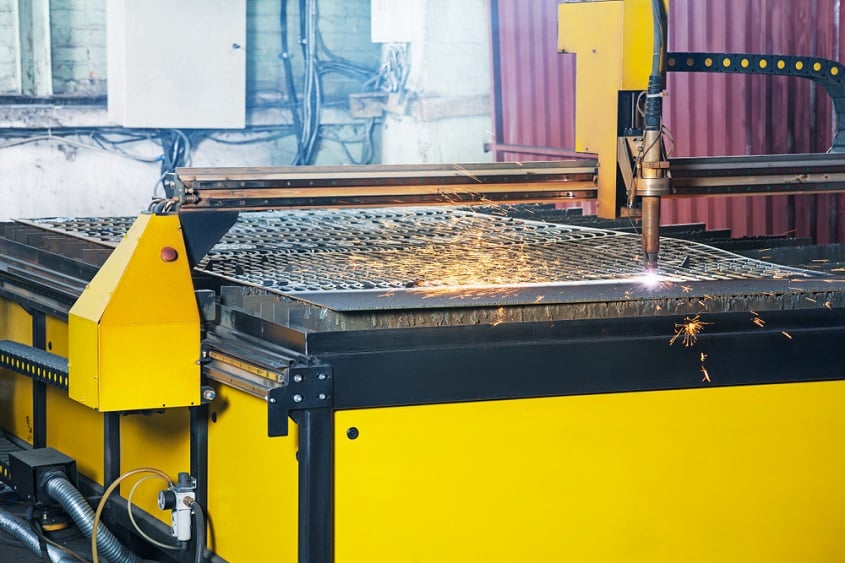
Nitrogen
Nitrogen is typically used for high current plasma machines and to cut metals with a thickness of up to 3 inches including mild and stainless steel or aluminium. You’ll achieve an excellent quality cut and enduring parts life. However, for thicker metals, you should use a mix such as argon-nitrogen. In general, air is the best secondary gas when you’re using nitrogen plasma. But, you can also use carbon dioxide which improves the cut’s finish and increases the cutting speed.
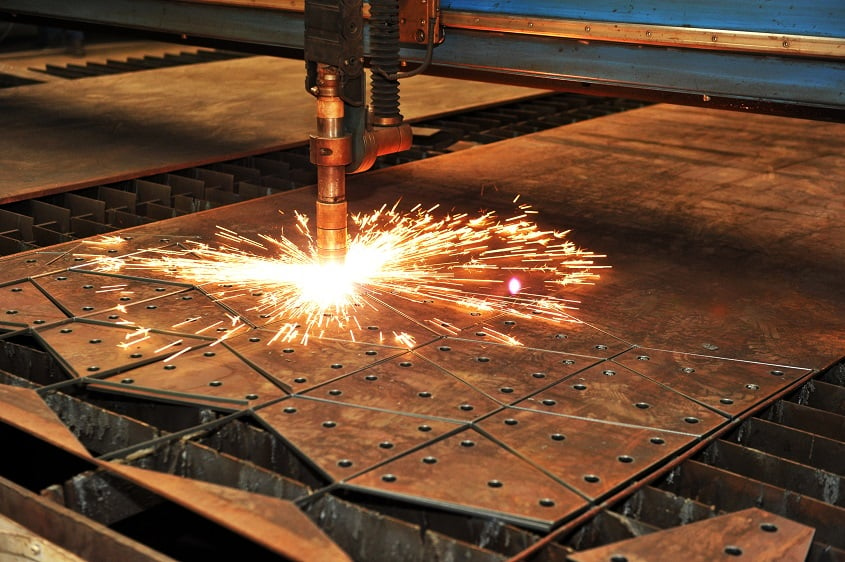
About the Argon-Hydrogen Mix
The argon-hydrogen mix is usually suitable to cut through stainless steel or aluminium. The standard combination of the mix is 65% argon and 35% hydrogen. It offers the maximum cutting capacities and it’s the hottest plasma burning gas. You’ll achieve an excellent and clean cut. The argon-hydrogen mix is required for mechanical cutting of any type of materials which exceed a 3 inches thickness. But, it’s also suitable for plasma gouging on any materials.
We recommend with any new plasma cutting equipment purchased you call your local Gas Experts to give you the best advice for efficient production.
Hypertherm is one of the leading plasma cutting equipment manufacturers in the world. We trust their systems and advice and are proud to be a Hypertherm Agent. You will find lots of tips and tricks to get the best out of your manual or CNC plasma cutter on Hypertherm’s website Blog

Westermans International focus on buying and selling used and refurbished plasma cutting equipment from the leading makers. We can also fully refurbished your outdated equipment to save you money.


 600+ machines in stock
600+ machines in stock Worldwide delivery
Worldwide delivery Rated Excellent
Rated Excellent Warranty included
Warranty included Qualified engineers
Qualified engineers

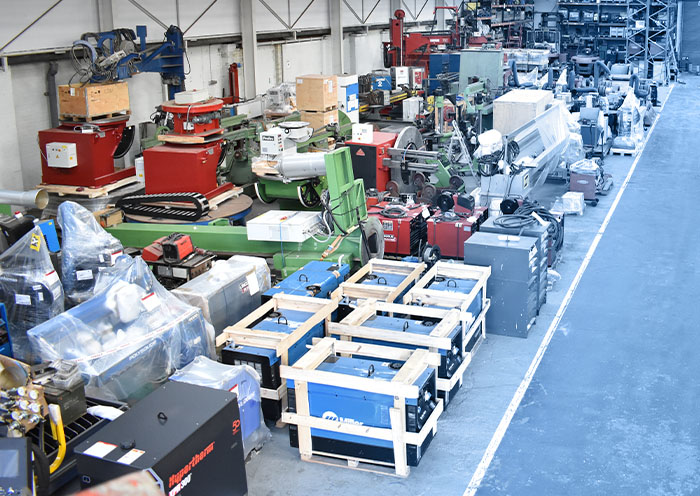

comments
Pingback: Main Gases used in plasma cutting And Plasma Welding
Pingback: Can You Cut Aluminum with a Plasma Cutter? - Handyman Guides